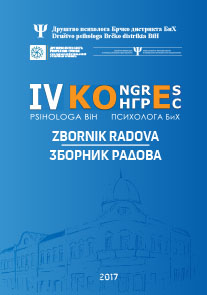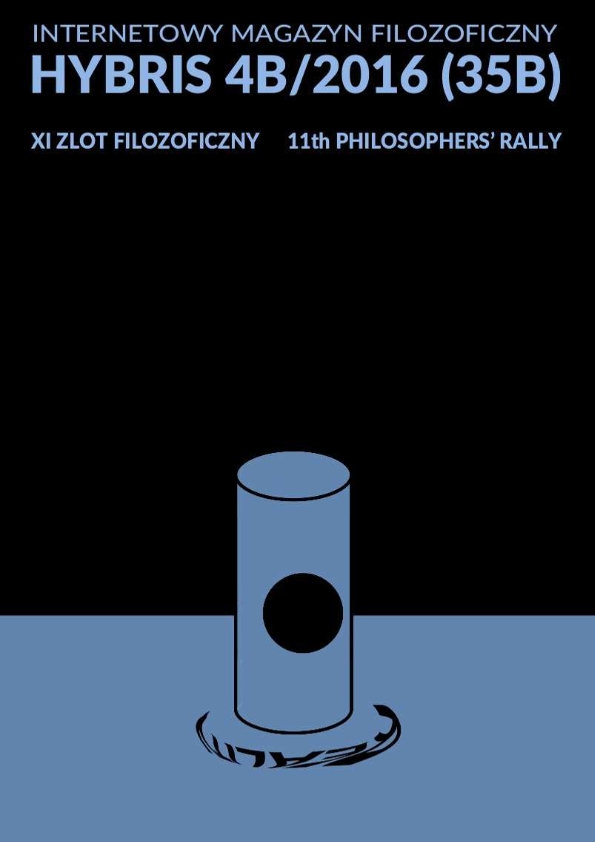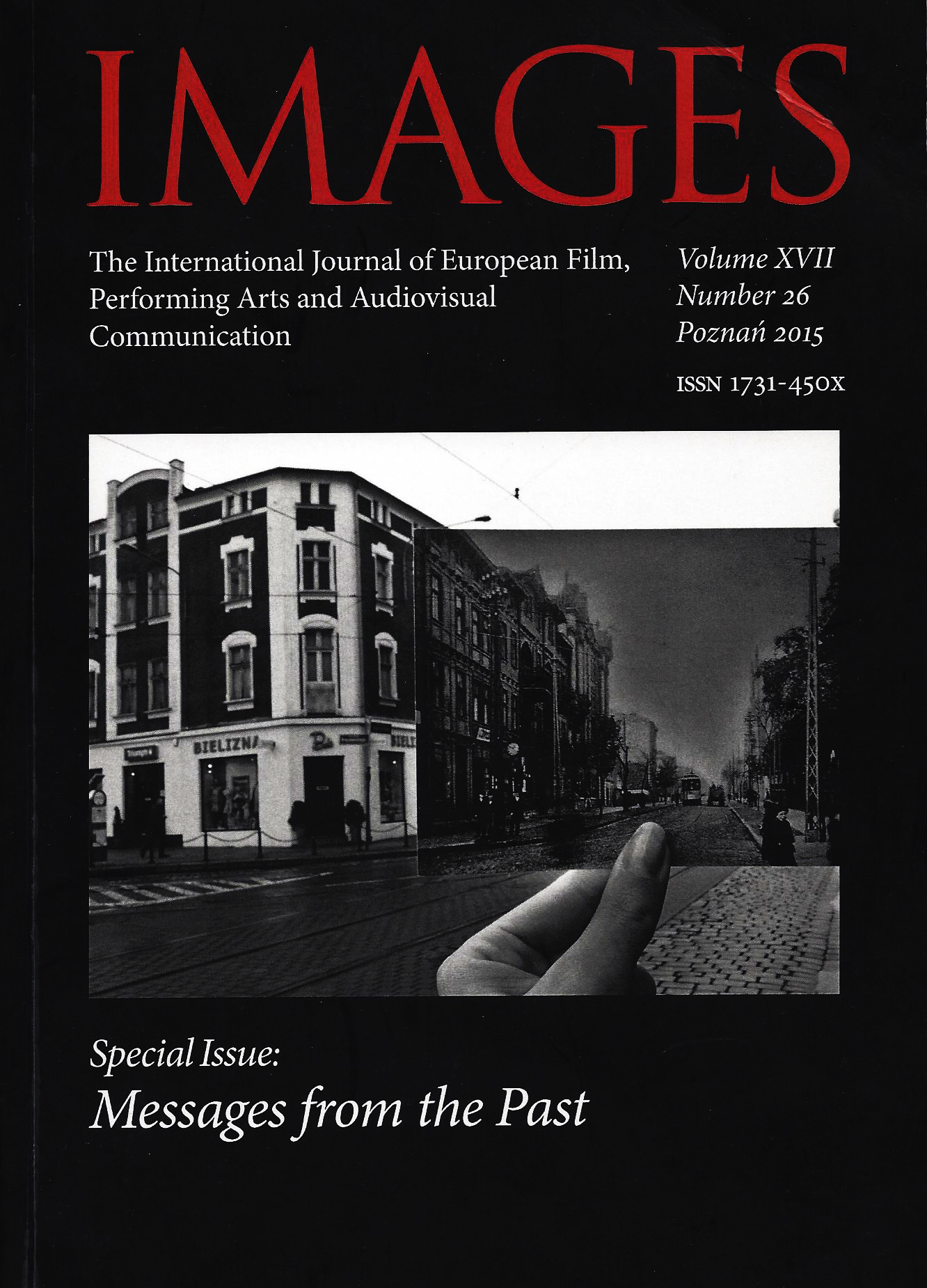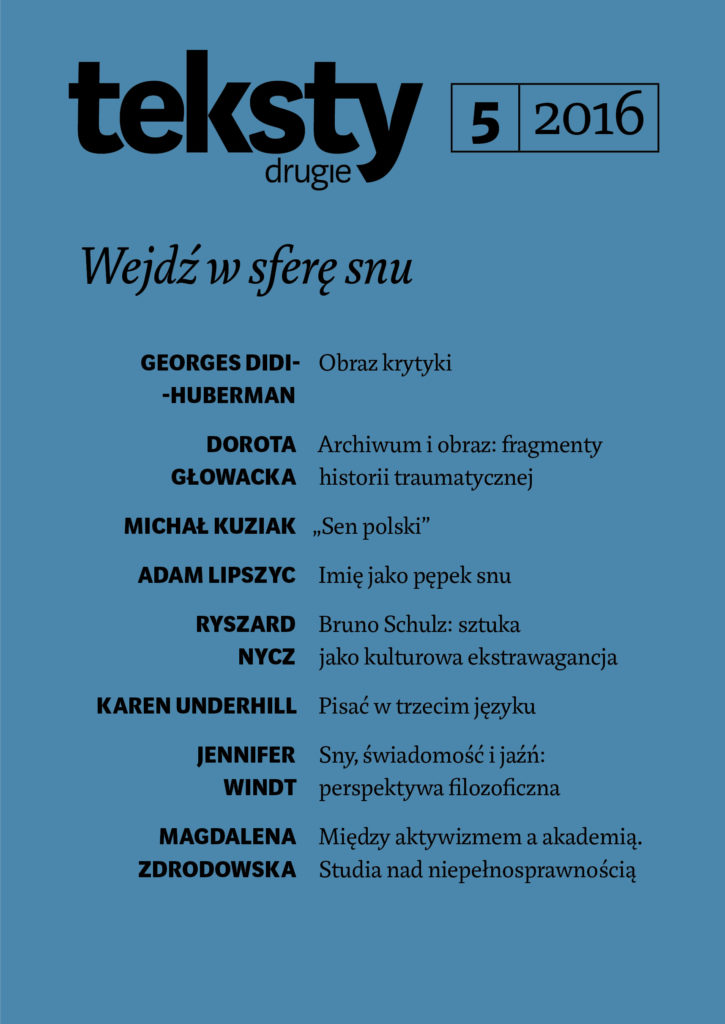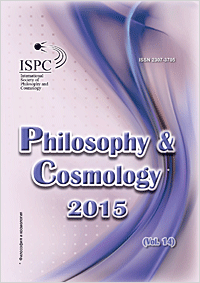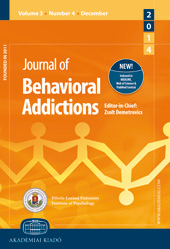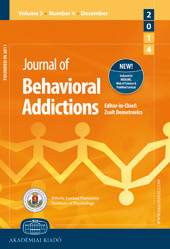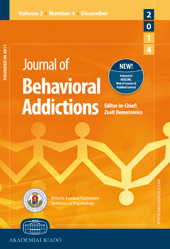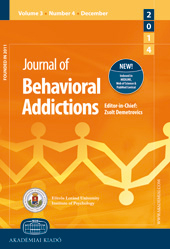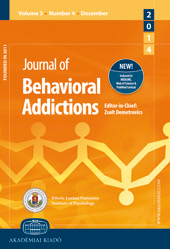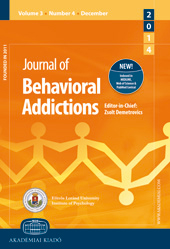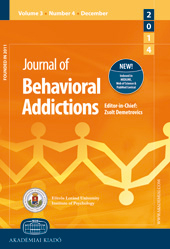Author(s): Natalia Valeriyivna Liva / Language(s): Ukrainian
Issue: 2/2013
Central place in the article occupies phenomenon of tonality and tonal semantics as a result of a long and gradual process of specific interchange in the sphere of expressive means in European music and painting of the 19– 20th centuries. The article contains examples from the history of European mu-sic and painting which represent different ways of correlation between colors and sounds and shows gradual deepening of their intercommunication. Sound and color – basic expressive means of music and painting – are things of great difference. Sound is comparatively more active. Historically it is a signal for us that warns, puts us on our guard, and compels to act. In subconscious perception of people music is always the art of action. Color has more static character. In spite of this difference a certain concealed tie exists between the two phenomena. This secret connection makes explorers find variants of their synthesis. Musical composition always has visual potential. In particular it finds its way in widespread manner to "decorate" description of music with terms and expressions from painting sphere. Contrary tendencies take place, too: certain specifically musical terms are at use in painting. And, at last, the third category exits which includes those terms and expressions which are equally useful both for mu-sic and painting. For the author’s opinion, tonality as an ambivalent term belongs to this third category. In the stream of European music and painting’s development we can watch different forms of sound and color connection. For example in 16th century Italian artist Giuseppe Arcimboldo (1527–593) invented so called "color harpsichord". That was device maid for the purpose of optimum concordance of music and painting. Sounds of this "color harpsichord" corresponded to concrete color on the special color scale. In the age of Enlightenment a French monk Louis Bertrand Castel (1688–1757) invented similar device. His "color clavicorn" had been planned as an instrument with the help of which deaf people could feel music and "see" musical sound in color. But this invention could not provoke great enthusiasm because of its main defect: people considered that composition of the color scale was subject of individual business. The article shows how tonal semantics gradually formed. Important role in this long process have played baroque and romantic epochs. Thus, baroque epoch had its own tonal semantics. For ex-ample, D major and A major symbolized joy. J. S. Bach used them in his hymnal "Cum sancto spiritu", solemn "Et resurrexit", radiant "Sanctus". Tonality of the High mass, h minor associated with black color and had tragic character. E minor had been considered as "dark" tonality, too. In these tonalities were composed such parts of the High mass as "Kyrie eleison", "Qui tollis", "Crusifixus". However, baroque epoch gives several semantic variants of the same tonality. For example, h minor compositions, written for the flute-traverso, sounded softly and brilliantly. Differences in the interpretation de-pended of the instruments for which musical composition was written. Romantic epoch can be considered as the age when tonality was comprehended as a bearer of concrete semantics. The word "tonality" can be no more specifically musical term. It begins to acquire sense of color in painting. In romantic epoch comes also complete comprehending of color hearing as a really existing phenomenon. Next "explosion" of music and color alliance was musical impressionism which is practically echo of impressionism in painting. "Palette" of sounds and tonalities corresponded combinations of colors, actual for artists. In the course of time these synthetic tendencies only intensify. Retracing evolution of sound and color correlation, it’s necessary to pay attention on the next appropriateness: we can feel the tie between sound and color not in the process of their immediate perception, but only on the mediated level of impressions and moods. Processes of the same nature we can watch in the level of musical and paint image. The article also contains examples that include results non-musical explorations such as neurophysiologic and psychological experiments. Thus, considerable attention has been paid to the re-searches of tonal semantics made by Mykola Jukhnovsky who worked in the State pedagogical university in Vinnitsa and investigated peculiarities of physiologic influence of tonality on human organism. In general different interpretations of tonal semantics have been divided by the author in two groups – so called physiologic and associative conceptions. To the first group (physiologic) belong those which regard tonal semantics as absolute quantity. The second group considers constant sense of tonality as a product of subjective impression which depends of individual peculiarities of concrete person. Tonality has been considered in the article as a term which functions with equal intensiveness both in music and painting spheres and has similar meaning. The Author interprets phenomenon of tonality in music as an analogue of color in painting.
More...
